Cardamom
Cardamom is widely referred to as the “Queen of Spices”. Earlier in history, Cardamom was mainly grown in Southern India. It was used for medication, flavoring, and even as an offering. By the year 1524, cardamom’s trade in the international spice market had immensely grown. Cardamom is now a major spice product in Sri Lanka.
The Cardamom plant belongs to the family Zingiberaceae and its species name is Elettaria cardamom. It is a perennial plant with thick rhizomes that are irregular in shape.
Growing Areas
In Sri Lanka, Cardamom is cultivated in the central hills. The major growing centers are Ratnathura, Kegalle, Matale, Kandy, and Nuwara Eliya.
Varieties
There are three main varieties of Cardamom in Sri Lanka. They are categorized according to the configuration of their inflorescence. They include Malabar, Mysore, and Vazhukka. Their inflorescence is prostate, vertical and inclined respectively.
Soils
Cardamom thrives well in well drained loamy soils. These soils should also have a high content of organic matter. Soils that are water logged inhibit the growth of Cardamom. Similarly, such soils are highly vulnerable to pests and diseases. The soil pH should range from 4-6.
Manure and fertilizers should be applied to infertile soils. This enhances the growth of Cardamom by increasing fertility.
Climate
The preferred elevation should be from sea level to over 600m above sea level. The wet and hilly zones of the mid and up country conform to this.
Abundant rainfall of about 2000mm should be well distributed throughout the year. Also, the average annual temperature should range from 10-300C.
Another similarly important factor that should be considered when growing Cardamom is shade. Therefore, natural forest covers are mostly used for the cultivation of Cardamom.
Planting
During the propagation of Cardamom, seedlings and suckers are used. However, suckers are preferred to seedlings. The suckers used should have a length of about 9cm with rhizomes that extend to a length of about 8cm. Before planting, the suckers should be treated with a fungicide, preferably copper base. This offers protection from diseases that are fungal in nature.
The planting points should be about 2000 per hectare. A mixture of topsoil and compost manure should be filled into the planting pits.
Apart from rock phosphate, other fertilizers that can be added include: Urea, Kieserite and Muriate of Potash.
The weeding process should also be carried out frequently in order to ensure proper growth of Cardamom.
Harvesting
Bearing in Cardamom commences after 3 years of planting. The season for cropping is between the months of September and January. This harvesting season lasts for a period of about 3months and is done at intervals of 4 weeks. The semi-ripe capsules are picked and cut by the use of scissors. They are then washed and dipped in washing soda for several minutes.
Uses and Health Benefits
It is a famous spice in the world. Cardamom oil is used as flavor in drinks and beverages. The health benefits of Cardamom include: detoxification, prevention of cancer, relieving digestive problems, lowering of blood pressure, protection from pathogens, and prevention of blood clots. Moreover, Cardamom is an antioxidant and it can also be used for combating depression




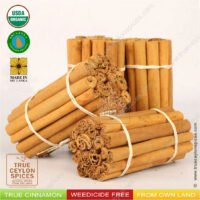
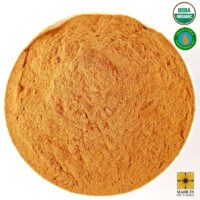

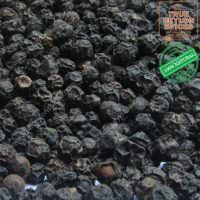
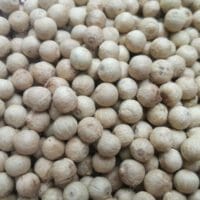
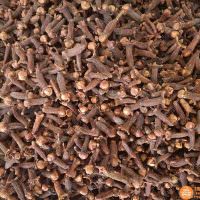

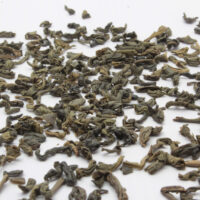

There is no search function for your website or your online store.
I am looking for your types of cardamon. I would like to take a looks at your store cos sometimes what you buy is not what you get.
Sorry. Cardamon no listed on our website yet. We are willing to add more products including Cardamon soon.